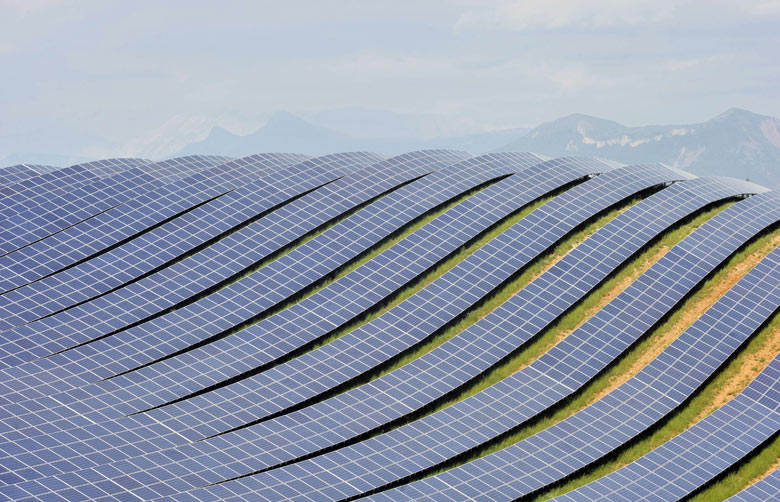 |
| This is the Sahara Forest Project! Taken from: http://saharaforestproject.com/ |
On my journey, researching the harmonisation of humans and nature, I have come across many different projects and ideas on how to make humanity more sustainable, but the Sahara Forest Project is for me the most exciting of these!
This nicely follows up my post on solar power, as well as many of my other posts that outline some of the problems this project could solve. Deforestation, energy, water security, employment, food security, desertification and climate change could all be tackled in local areas where this project is carried out – pretty exciting stuff huh?
The Sahara Forest Project combines green technology such as saltwater cooled greenhouses and concentrated solar power to restore arid land to its former glory – long before humans arrived much of the Sahara (and others deserts) were in fact forests.
The concept was launched back in 2009 and in 2012 the project grew its first ever baby cucumber at their pilot facility in Qatar. This year the Qatar cucumbers were at a yield equal to the U.K. and barley and rucola was harvested for the first time, all while creating a positive impact on the area.
 |
| The first cucumber from 2012! Taken from: http://saharaforestproject.com/concept/history.html |
 |
| This years cucumbers grow from the seeds produced in 2012. Taken from: http://saharaforestproject.com/concept/history.html |
 |
| This years barley being harvested by hand to reduce emissions. Taken from: http://saharaforestproject.com/concept/history.html |

